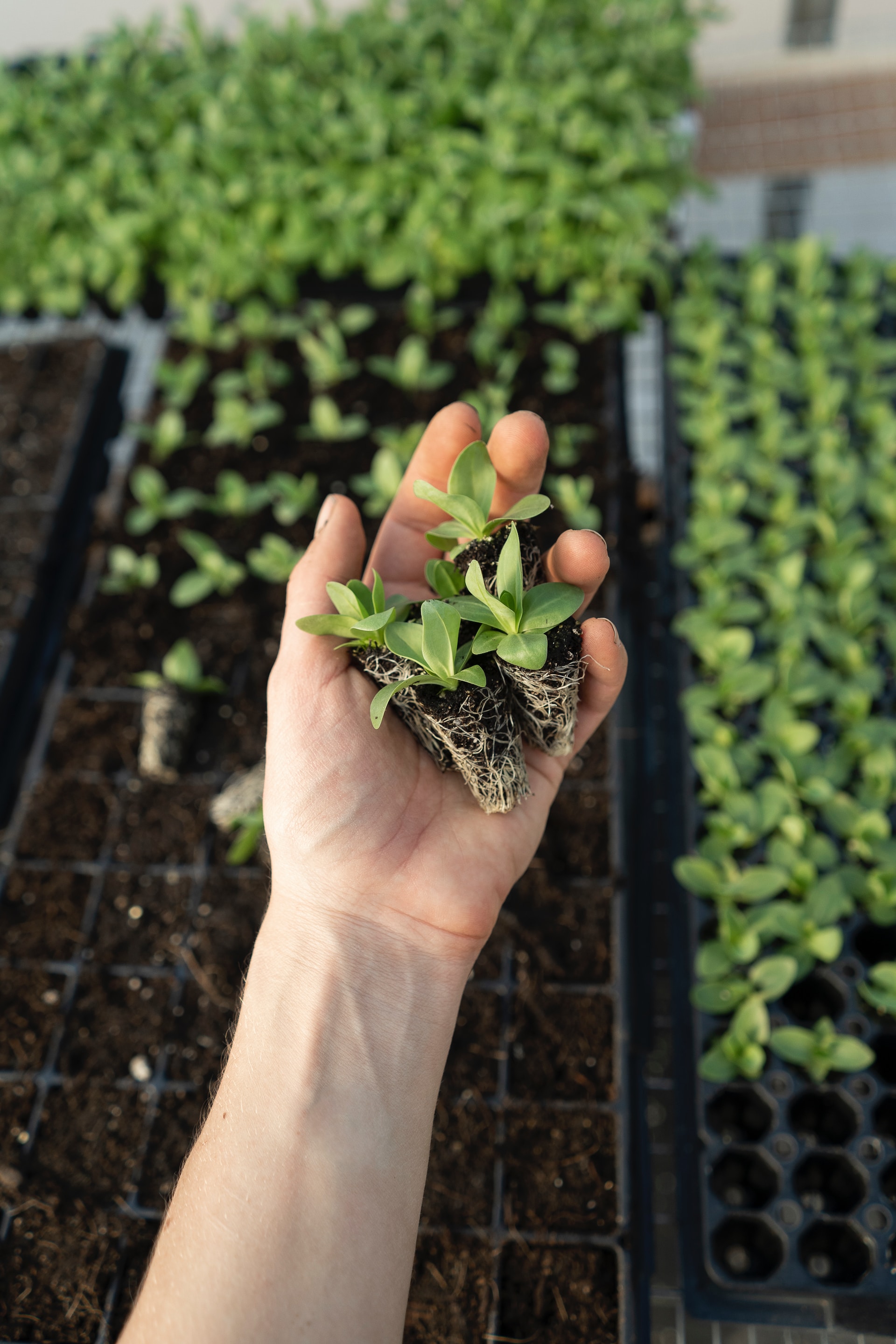Most Suitable Edible Plants for Small Urban Greenhouses
For many city dwellers, urban gardening is a popular and rewarding hobby. Small greenhouses are particularly efficient for edible plant cultivation, acting as pocket gardens that can yield bountiful harvests. Understanding the best plants for a miniature urban greenhouse is crucial in making the most of your space.
Some plants are particularly well-suited to these environments. Chili peppers have a compact growth habit and thrive in a controlled environment like a greenhouse, and their colorful pop adds aesthetic appeal besides delicious heat to your meals. Herbs are another fantastic choice, with varieties like basil, cilantro, and rosemary working wonderfully in small spaces. They not only enhance your culinary creations but purify the air and fill your urban greenhouse with distinct, soothing fragrances, making it a haven to escape to.
Leafy greens such as spinach and lettuce excel in controlled climates, yielding plentiful harvests to ensure a steady supply of fresh salads. Tomatoes, too, prosper in a greenhouse environment – the warmth and high light levels are perfect for their growth, and the vine varieties can produce an abundance of fruit in a limited space.
Making the Most Out of Limited Space and Resources
To maximize crop yields in a small urban greenhouse, innovative ideas come to the rescue. Vertical gardening is especially prudent for maximizing space – climbing plants like beans and cucumbers can grow upward, exploiting the vertical element of your greenhouse. Equally important is utilizing marginal spaces; consider carefully placed shelves and hanging pots for herbs and flowers.
Acknowledging the difference in climatic conditions is equally important. Actively controlling elements – temperature, light, and humidity – aids in enhancing plant growth. Additionally, selecting high-yield varieties suited to condensed spaces will optimize your productivity.
Changing Seasons and Microclimates Inside the Greenhouse
The turning of seasons affects how your plants thrive inside the greenhouse. Understanding this and adjusting accordingly is a key aspect of successful nurturing. Varying sunlight levels, temperatures, and humidity due to seasonal changes impact the growth conditions within your greenhouse.
Reference: Washington Post notes that control over such microclimatic conditions leads to efficient and successful farming. By adjusting the conditions to mimic the natural growing environment of each plant, even in the middle of an urban environment, you can enjoy an enriched crop yield.
Incorporating Technology into Small Urban Greenhouses
Emerging technologies are revolutionizing urban greenhouses. From smart watering systems that ensure precise hydration to programmable grow lights adjusting light exposure tailored to plant needs, these innovations significantly enhance productivity.
Furthermore, automatic climate control solutions, mentioned by Holistic Habitat, help to maintain optimal temperature and humidity levels. The use of technology not only eases the tasks of urban farming, but it also facilitates the high degree of control necessary for the small greenhouse environment.
Through careful selection of suitable crops, innovative spatial strategies, control of microclimatic conditions, and technological implementation, a small urban greenhouse can serve as a delightful edible garden in the heart of the city.

